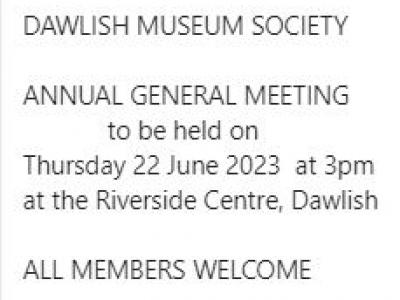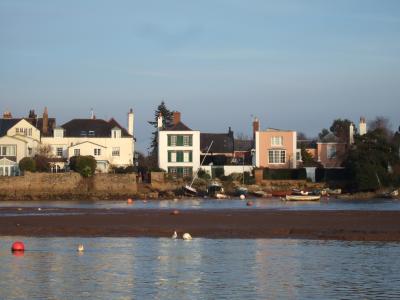HLF funding means prehistoric finds can go on public display for the first time - The Box, Plymouth
By: Jo Clarke
Added: 22 June 2014
A £30,000 award from the Heritage Lottery Fund (HLF) will help some important archaeological discoveries from Dartmoor go on public display for the first time ever in Plymouth this autumn.
Plymouth City Museum and Art Gallery will be staging an exhibition, in partnership with the Dartmoor National Park Authority, called ‘Whitehorse Hill: A Prehistoric Dartmoor Discovery’ from 13 September to 13 December 2014.
The main focus of the exhibition will be a series of 4,000 year old finds that were discovered within a stone chest burial (a cist) at Whitehorse Hill, a remote spot on northern Dartmoor.
The items are of national and international importance and provide one of the best glimpses into life in Bronze Age Southern England that academics and scientists have ever had.
As well as evidence of a cremation they include beads, worked leather and textiles, an intricate example of a coiled basketry container and a braided band decorated with tin studs. Wooden labrets - small studs shaped like yoyos which were probably worn in the ears and lips - are thought to be the earliest examples of turned wood in Britain, possibly Northern Europe.
The HLF grant will allow some interactive elements to be developed for the exhibition. These include a computer game which is being created by students from Plymouth College of Art based around a digital reimagining of the Whitehorse Hill landscape 4,000 years ago.
The funding will also support the development of education resources connected to the exhibition as well as the way in which the original and replica objects and information about them are displayed.
“This exhibition is enormously exciting,” says Senior Curator, Fiona Pitt. “Analysis of the finds has pulled in archaeological expertise from Britain and beyond. There’s already been a huge amount of interest in Whitehorse Hill from both archaeologists and the public. Putting everything on display will be a brilliant opportunity for everybody to see all these unique and very special finds for the first time.”
“The funding we’ve received from HLF means we can make this exhibition even more accessible to the public and really highlight the significance of this discovery. Everyone is fascinated because it tells us so much more about such a remote time in history and also because all the finds are connected to one individual, thought to be a young woman. As well as revealing a huge amount of new information about what objects people were making in the Early Bronze Age, there is a real human story of what was thought to be important to this person. This opens a new window into our local past.”
Commenting on the grant award, HLF’s Head of SW, Nerys Watts, said: “The excavation of the prehistoric cremation burial at Whitehorse Hill captured the interest of archaeologists and historians from all over the country and revealed finds of international significance. We were therefore delighted to be able to support Plymouth City Museum and Art Gallery with their project to bring these fascinating objects to wider public attention, enabling local people and visitors alike to better understand and appreciate a unique part of the South West’s past.”
Jane Marchand, Dartmoor National Park Authority’s Senior Archaeologist said: “The exciting and unexpected discovery of the objects from the Whitehorse Hill cist is regarded as one of the most important finds on Dartmoor ever made. Whilst it is acknowledged that Dartmoor contains one of the most important Bronze Age landscapes in Western Europe containing many thousands of archaeological sites; our knowledge of those who lived and died there is still very limited.”
"The cist has yielded insights into materials, technology, contacts and trading, as well as giving us a glimpse of personal and prized possessions of someone who lived on Dartmoor nearly 4000 years. The forthcoming exhibition at Plymouth City Museum and Art Gallery will be a wonderful way of showing this, and of course demonstrating just how sensational Dartmoor’s archaeology is.”
For more information about ‘Whitehorse Hill: A Prehistoric Dartmoor Discovery’ please visit the what’s on section of www.plymouthmuseum.gov.uk
Ends
Notes to editors
For further information, interviews or photograph opportunities contact Jo Clarke on 01752 306228 or email jo.clarke@plymouth.gov.uk
Latest news
-
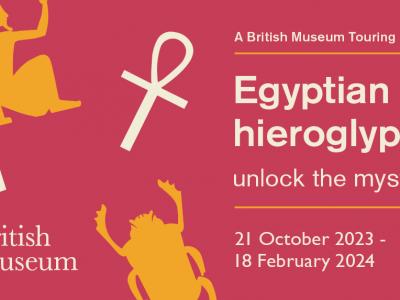
Help support Torquay Museum to bring British Museum Touring Exhibition to Torquay
Torquay Museum
-
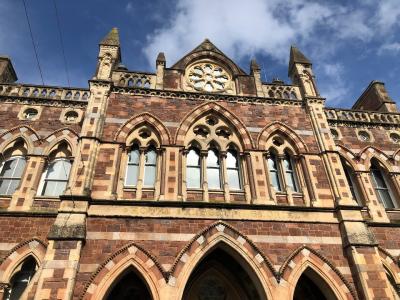
July Lunchtime Lecture RAMM, a cracking museum
Topsham Museum
-

June Lunchtime Lecture: the History of Waste in Devon
Topsham Museum
-

Topsham Secret Gardens June 11th 2023 Tickets now on Sale!
Topsham Museum
-
Dawlish Museum Annual General Meeting For Members
Dawlish Museum
-

Birds and Bees Event for Children Tuesday 30th May
Topsham Museum
-
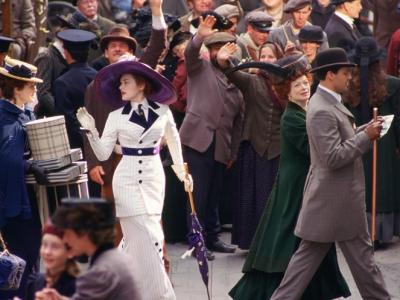
May Lecture: A Century of Film Costume Design
Topsham Museum
-
.jpg&w=400)
New Volunteers Welcome
Bampton Heritage and Visitor Centre
-
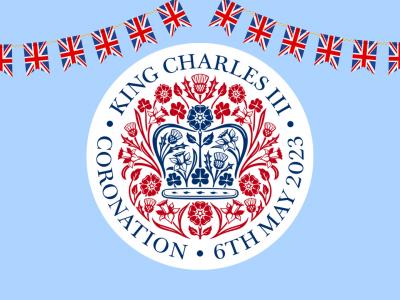
Bank Holiday Monday 8th May: Big Help Out
Topsham Museum
-
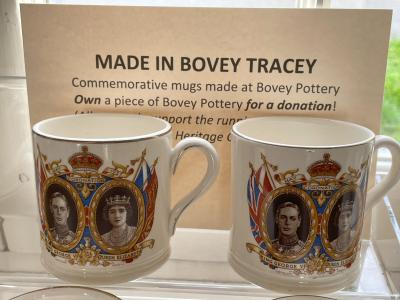
BOVEY TRACEY HERITAGE CENTRE REOPENS
Bovey Tracey Heritage Centre
-
Topsham Museum Opens for the 2023 Season
Topsham Museum
-

Children's Easter Trail
Topsham Museum
-
.jpg&w=400&h=300&zc=1)
Pelé’s shirt on display at The Box 50 years after he played in Plymouth
The Box, Plymouth
-
Thanks 'Men In Sheds!'
Dawlish Museum
-
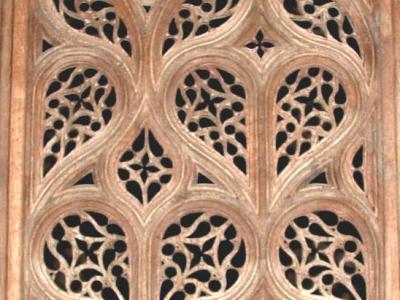
Winter Lecture: Breton Craftsmen in Early Tudor Devon
Topsham Museum




